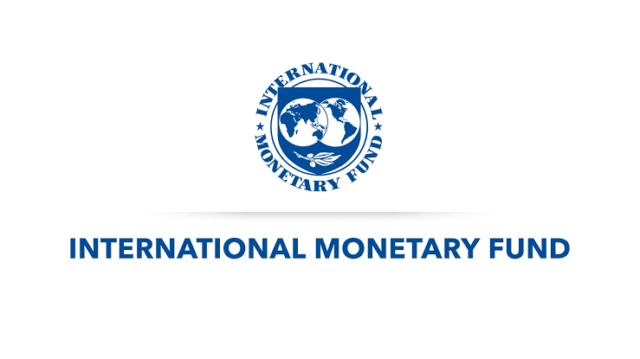According to the International Monetary Fund or IMF, India has emerged as a global contributor to the world economy, as it accounts for over 16% of the world’s growth. This robust economic growth can be attributed to significant reforms in infrastructure and digitization that have propelled the country to be one of the leading contributors among its peer nations. In fact, according to Ms. Nada Choueiri, the Mission Chief of India at the IMF, India is among the fastest-growing emerging markets on a global scale. The fact has been corroborated by the recently published annual Article IV consultation with India, which pointed out the latter’s trajectory towards becoming one of the fastest-growing major economies in the world.
Key Factors and Rich Potential:
Of late, the Indian government has been emphasizing on investment in infrastructure and the development of logistics for the sake of sustained economic growth. Ms. Choueiri is of the opinion that India, with a significant proportion of the youth population, can display even better growth rates provided the potential is harnessed through structural reforms. One of the most important structural reforms is with regards to digitalization. It is a process that has been going on for some time now that has been facilitating India’s growth and its increased productivity. The annual report suggests that India focuses on recovering fiscal buffers, maintaining financial stability, ensuring price stability, and accelerating holistic growth while maintaining debt sustainability.
The report also notes that India’s economy has been undergoing stable growth despite the momentary slowdown during the pandemic. It further points out that even inflation has been average. Moreover, employment rates have surpassed even pre-pandemic levels, with great output from the informal sector while the formal sector is still progressing. The report also highlights how the financial sector has remained resilient with an ease in the budget deficit. Implementation of comprehensive reforms and efficient utilization of additional labor and human capital are key to further growth in India. Efforts in education, upskilling the labor force, and increasing female participation in the labor force are some of the key initiatives that can be undertaken to propel this growth further.
Ms. Choueiri pointed out the importance of a stable government for a nation’s economic growth. Even the IMF report suggests that the current growth was catalysed by prudent monetary policies that the Indian government has been forthrightly implementing. GDP growth in the financial year 2023 was around 7.2%. Such a high growth rate was due to strong household consumption caused by pent-up demand and robust investment practices, particularly through increasing public capital expenditure.
With the general elections scheduled to take place in 2024, India can only hope for the continued growth of its economic power. India’s growth can also be attributed on a large scale to the IMF, which has previously provided advice to the nation’s past governments regarding several macroeconomic policies. With such international support, sustained growth, and rich potential in reserve, India can only move financially forward in the global market in the near future.









